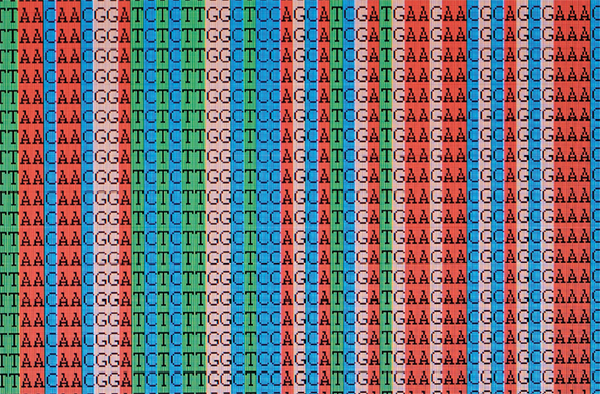Know Your Risk: Researchers Are Using Genetics to Find Ovarian Cancer Sooner

Not too long ago, an ovarian cancer diagnosis came with little hope of surviving more than five years. "Ovarian cancer is usually very advanced, even when we first detect it," says Tanja Pejovic, M.D., Ph.D., a gynecologic oncologist at OHSU's Center for Women's Health.
Because of this, ovarian cancer research around the world has gone well beyond trying to find new treatments. Researchers, including Dr. Pejovic, have focused on finding new ways to detect ovarian cancer earlier.
Why is it so hard to detect ovarian cancer early?
Ovarian cancer is abnormal cell growth found inside, on or near the ovaries.
"We used to think that all ovarian cancer came from the ovary's surface," says Dr. Pejovic. "But we've learned that most of the time it actually comes from the fallopian tubes."
Dr. Pejovic says this may play a role in how hard it is to detect ovarian cancer early. Since the fallopian tubes are open to the rest of the abdominal cavity, it's easy for the cancer to spread very quickly.
Moreover, ovarian cancer symptoms are vague and could have a variety of causes. These symptoms include:
- Bloating
- Frequent urination
- Pelvic pain
- Irregular vaginal bleeding
- Lack of appetite and weight loss
- Pain during sex
Looking to genetics
Knowing that early detection is difficult, researchers have focused on ways to pinpoint ovarian cancer risk by identifying the genetic mutations that can increase that risk. Mutations in BRCA1 and BRCA2 genes are well known to put women at risk for breast and ovarian cancer. But researchers have identified many other gene mutations also associated with ovarian cancer. Today we use multiplex gene testing with 20 to 40 different genes to assess genetic risk of ovarian cancer.
"Normal risk for developing ovarian cancer for a woman with no family history is 1.4 percent," Dr. Pejovic says. "But using genetic testing, we can find out a woman's individual risk."
Recent research has shown that about 25 percent of women have at least one of the gene mutations known to be associated with ovarian cancer risk. Understanding their risk can motivate women to monitor any symptoms with their doctor, making early detection and intervention more likely.
Advocating for genetic testing
Unfortunately, genetic testing for these risk factors is not covered by insurance for most women. But there are advocacy efforts underway. FORCE is taking on a number of issues related to breast and ovarian cancer risk. Locally, the SHOC Foundation is promoting research and awareness and empowering survivors.
"We hope that soon insurance will cover this testing for everyone, just like a Pap smear," says Dr. Pejovic. Improvements in technology make this sort of DNA sequencing less costly all the time.
New hope
New knowledge of genetic risk, coupled with innovative new treatments, means that ovarian cancer is no longer the incredibly deadly disease it once was.
"Survivors are living 10 years and beyond, and there is a lot of hope," Dr. Pejovic says. "I want women to know that."